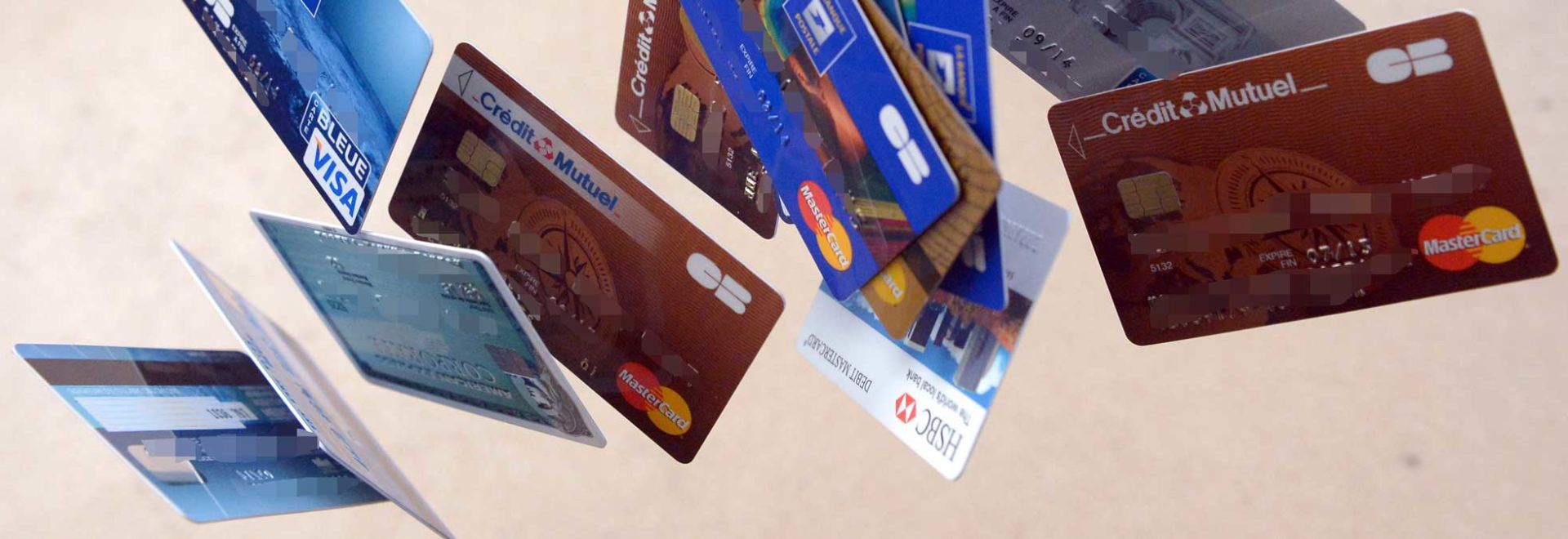Here are some money management strategies to stay ahead of your bills and stick to a budget this year.
1. Only spend what you have.
Traditional budgeting requires forecasting your income as well as your spending. But Jesse Mecham, founder and CEO of You Need A Budget, says you’ll gain more control by focusing on what is in your checking account today.
“A lot of times people are spending money they haven’t earned yet,” he says. “We want people to be in a situation where a dollar they spend today was earned at least 30 days ago.”
To make the switch to spending what you have, rather than what you’ll be paid soon, start by allocating each dollar in your checking account. “Write down what that money needs to do, how much it will cost, and when that money runs out, stop,” explains Mecham.
If you can’t pay for it today, then don’t spend it until you can. This simple exercise creates clarity and helps you get ahead of your credit card bills, instead of always playing catchup.
2. Start fresh each month.
Tracking every detail of your spending can be tedious, particularly if you have a lot of individual charges throughout the month. If you fall behind for a few weeks, it can be easy to give up completely. Take the pressure off by switching to a monthly mindset.
On the last day of each month, pay your credit card bill in full. That way, you’ll start the next month with a clean slate and zero balance. Set a monthly cap for your spending, and keep all of your transactions on your card.
Keep an eye on your balance throughout the month to make sure you’re on pace to stay within your maximum spending limit. If after two weeks you’ve already spent 80 percent of your spending limit, then you’ll know you have to scale back for the remainder of the month.
3. Say goodbye to the sprinkle effect.
A common—and often problematic—approach to paying off debt is to pay a little extra whenever possible, without having a solid strategy to eliminate debt. Kristen Euretig, a certified financial planner and founder of Brooklyn Plans, calls this the “sprinkle effect,” and she advises her clients against it.
Instead, Euretig says it’s essential to create a payoff plan that targets certain card bills first. “It could be the ones with the highest interest rates or those with the smallest balances to build confidence,” she says. Paying a little bit here or there isn’t likely to make a dent in the debt, and could lead to discouragement over time.
For the rest of your bills, make sure you don’t miss a payment by setting up autopay as well. “That way even if a bill slips your mind, you won’t get slapped with a late fee or dinged for a late payment on your credit,” Euretig says.
4. Add accountability with automation.
Using pen and paper to keep track of bills and spending is necessary for some consumers, but automation is the key to success for others. Automated money management tools will continue to expand this year, as financial apps get more intuitive and offer more helpful services.
Account aggregators like Mint.com have been around for years, providing a real-time overview of your accounts in one place. But with the recent launch of Mint’s bill payment feature, the software is getting smarter. Mint can now analyze previous bills to set up automatic payment reminders. It’s like having a personal assistant to tell you how much you owe and when it’s due, and even to send the payment if you choose.
Whatever money management strategy you resolve to try this year, realize that hiccups and adjustments are part of the process. “You can change the plan at any time. That’s part of planning and it’s a positive thing,” says a financial planner.

